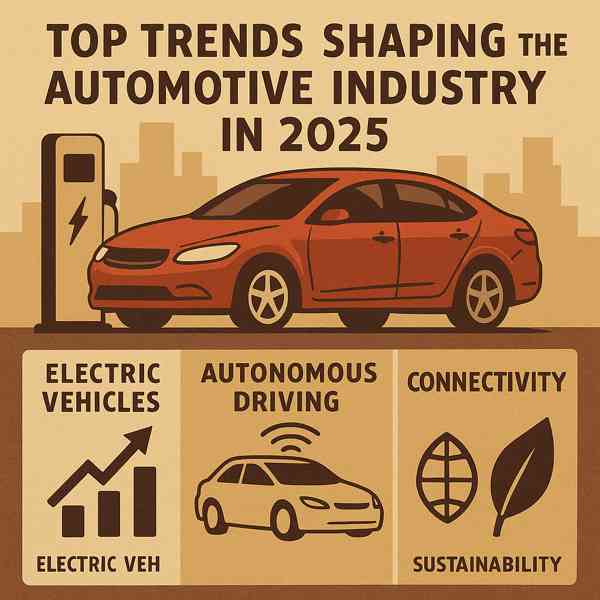An Introduction to Electric Cars and Their Impact
An Introduction to Electric Cars and Their Impact
Blog Article

With zero emissions and cutting-edge technology, EVs are quickly becoming a mainstream choice for personal and commercial travel.
As battery technology improves and infrastructure expands, owning an electric vehicle has never been more practical.
What Are Electric Vehicles?
Electric vehicles are powered entirely by rechargeable batteries, rather than traditional internal combustion engines.
Key components of EVs include:
- Replaces the internal combustion engine
- Usually lithium-ion or solid-state
- Manages energy flow from battery to motor
- Allows the vehicle to recharge from external sources
Electric vehicles come in various types, such as battery electric vehicles (BEVs)—each with different levels of electrification.
Advantages of Going Electric
Whether you're looking to save money or reduce emissions, EVs offer a compelling option.
What makes EVs attractive:
- Electricity is cheaper than gas
- Environmental sustainability
- Better overall driving comfort
- Financial perks for EV buyers
For eco-conscious and cost-aware drivers, electric vehicles are an increasingly smart choice.
What to Know Before Buying an EV
Understanding the limitations of electric vehicles will help you make an informed decision.
Potential drawbacks to keep in mind:
- May require more frequent charging
- Charging infrastructure gaps
- More expensive upfront than comparable gas models
- Batteries degrade over time
As technology advances and infrastructure improves, many of these challenges are becoming more acceptable.
Exploring EV Variants
Not all electric vehicles are the same.
EV formats explained:
- Battery Electric Vehicles (BEVs)
- Plug-in Hybrid Electric Vehicles (PHEVs)
- Combines electric and gas power but cannot plug in
- Fuel Cell Electric Vehicles (FCEVs)
Each type has its pros and cons, so buyers should click here understand the differences.
EV Charging and Infrastructure
Charging an electric vehicle is convenient once you understand your options.
Main EV charging options include:
- Standard household outlet
- Faster and ideal for daily use
- DC Fast Charging
- Charging without cables
As public charging networks expand, EV owners will enjoy even more freedom, flexibility, and convenience.
What’s Next for EVs?
Electric vehicles are here to stay.
Where EVs are going:
- Longer range and safer performance
- Turning cars into energy assets
- Autonomous electric vehicles
- More choices at lower prices
As innovation continues, EVs will become more dominant in the automotive world.
Conclusion
Electric vehicles represent a major shift in how we think about mobility.
From environmental benefits to cutting-edge tech, electric vehicles offer a exciting alternative to traditional cars.
Report this page